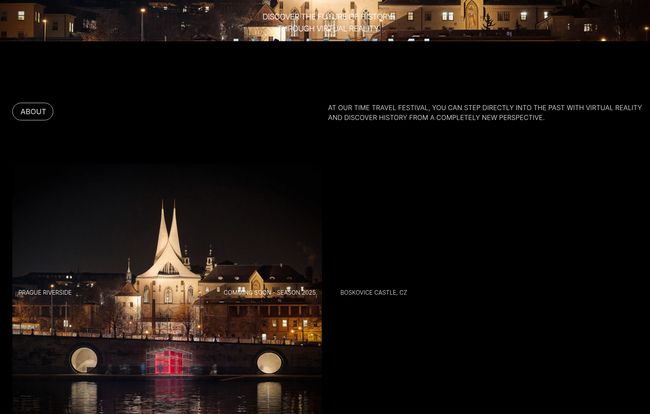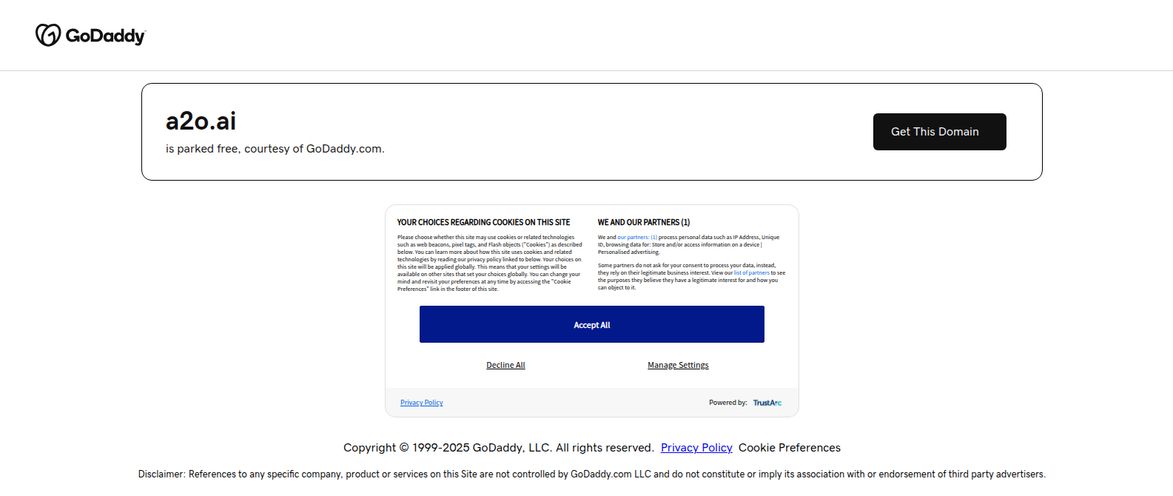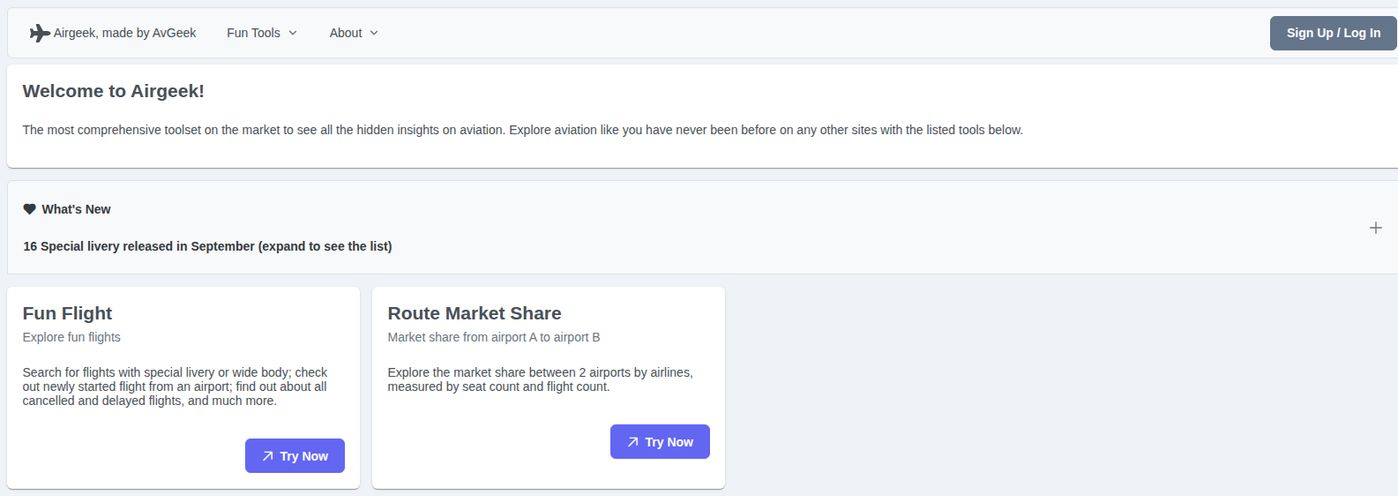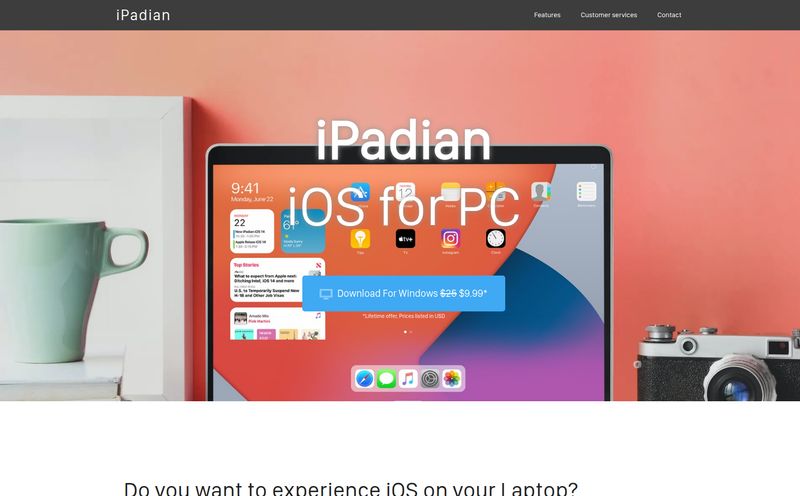When was the last time you were truly captivated by a brand's 'About Us' page? I’ll wait. Most of them are a corporate-speak snoozefest, a digital resume collecting dust in a forgotten corner of a website. We, as marketers and brand builders, spend fortunes on CPC and traffic generation, only to funnel people to a story that has all the emotional punch of a tax form.
It's a problem I've chewed on for years. How do you make a brand’s history, its very soul, feel… real? How do you make someone feel the grit of the founder, the spark of the first great idea, the weight of a century-long legacy? You can't just write it down. You have to create an experience.
And then, while falling down a rabbit hole of experiential marketing, I stumbled across something different. Something that felt less like marketing and more like… time travel. It’s called Insiver, and their whole philosophy seems to be built on a powerful, almost poetic idea:
History is not contained in thick books but lives in our very blood.
I was intrigued. That's the kind of statement that either signals pure genius or some seriously over-the-top marketing. So, I dug in.
So, What on Earth is Insiver?
At its core, Insiver is a creative studio that uses Virtual Reality (VR) to bring history to life. But it's a two-sided coin. On one side, they run a public-facing “Journey Back in Time” festival. Think of it as a pop-up event where you can don a VR headset and literally step into a painstakingly recreated historical scene, like Boskovice Castle in the Czech Republic or the historic rooms of Vienna. It's not a game, it's a virtual exhibition.
But the other side of the coin is what really got my SEO-brain buzzing. They offer these same immersive content creation services to brands. The goal? To take a company's history, its unique craft and its core philosophy, and turn it into a VR experience that customers, employees, and stakeholders can walk through. Now that's an 'About Us' page.
More Than a Virtual Tour, It’s a Feeling
Anyone can stitch together a 360-degree photo and call it a virtual tour. I've seen hundreds of them for real estate and hotels. They’re neat, I guess. But Insiver seems to be playing a different game entirely.
They talk about provoking thought and sparking curiosity. Their team isn't just a bunch of coders; it's a blend of visionary creatives, architects, and—get this—Oxford historians.

Visit Insiver
That last part is the secret sauce. Having actual historians on staff means the experiences are built on a foundation of meticulous research. It's the difference between reading a Wikipedia entry about medieval life and having a historian guide you through a recreated castle, pointing out the subtle details that tell the real story. It’s about authenticity. You can feel it when it’s there, and you can definitely feel it when it’s not.
Imagine being able to stand in the original workshop of a luxury watchmaker from the 1800s, or to witness the moment a family-owned vineyard survived a devastating fire. That creates a connection a block of text simply can't touch. It’s a bit like the difference between being told someone is funny and hearing them tell a great joke. One is information, the other is an experience.
How Brands Can Build a Legacy with Experiential History
Okay, let's put on our marketing hats. This is cool, but what's the ROI? Why should a brand invest in something like this?
In a world of fleeting TikTok trends and diminishing attention spans, a powerful, emotional story is the ultimate differentiator. It’s about building a brand moat.
Here’s how I see it breaking down:
- Unforgettable Onboarding: Imagine a new hire at a 150-year-old company. Instead of a boring PowerPoint on company history, you hand them a VR headset. Instant buy-in.
- Next-Level PR Events: Launching a new product that ties back to your heritage? Let journalists and influencers literally step into that heritage. You won't just get an article; you'll get a story.
- High-Value Client Engagement: For B2B or luxury brands, this is an incredible tool to demonstrate value and legacy to potential big-ticket clients. It’s a statement piece.
This isn't for the brand that just wants to move units this quarter. This is for the brand that's building a legacy. The kind of brand that thinks in decades, not fiscal quarters.
The Practical Side, The Reality Check
Alright, let's ground ourselves. As exciting as this is, it's not without its practical considerations. I wouldn’t be doing my job if I didn't point out the potential bumps in the road.
First, the public festival, this “Journey Back in Time,” is location-specific and likely seasonal. You can't just download Insiver from an app store. You have to go where it is, primarily in Central Europe from what I can see (Czech Republic, Slovakia, Austria). This exclusivity is part of its charm but also its main limitation for the general public.
Second, for the brand side of things, this is undoubtedly a premium service. Crafting a bespoke, historically accurate VR experience with Oxford-level research and high-end creative direction… well, that’s not going to be cheap. This isn’t a service you’ll find on a freelancer website for a few hundred bucks. This is a serious investment in your brand's narrative. And it requires the right hardware to experience, which adds another layer for distribution.
So What Does Time Travel Cost?
This is the million-dollar question, isn't it? As you might have guessed, Insiver doesn't have a public pricing page with neat little tiers. And frankly, they shouldn't. You can't put a price tag on a custom-built time machine.
This is standard for high-end, bespoke creative work. The cost will depend entirely on the scope of the project: the depth of research required, the complexity of the VR environment, the length of the experience. The best way to find out is the old-fashioned way: reach out and have a conversation. I saw their contact is [email protected]. A simple Gmail address might seem odd for such a high-concept company, but to me, it signals a small, agile team where you might actually talk to the founders. I kind of prefer that to a faceless corporate contact form.
Frequently Asked Questions About Insiver
What is Insiver in a nutshell?
Insiver is a creative studio that builds immersive virtual reality experiences based on real history. They offer this for public festivals and as a bespoke content service for brands wanting to bring their company's history to life.
Who is this service for?
It’s for brands with a rich history that want to create a deep, emotional connection with their audience. It's also for history enthusiasts and museum-goers looking for a new way to experience the past through their VR festivals.
Do I need my own VR headset to experience this?
For their public festivals, they likely provide all the necessary equipment. For a brand creating a custom experience, you would need to consider the hardware (like Meta Quest or similar headsets) as part of your distribution plan for clients, events, or internal use.
How is this different from a museum?
A museum displays artifacts behind glass. Insiver aims to place you inside the historical context of those artifacts. Instead of looking at an old chair, you're standing in the room where it was used, creating a much more personal and memorable connection.
Is this expensive?
While public pricing isn't available, the level of expertise involved (Oxford historians, architects, creatives) suggests this is a premium, high-investment service for brands. It's a bespoke creation, not an off-the-shelf product.
Where are they located?
Their work seems focused on Central European history, with projects mentioned in the Czech Republic, Slovakia, and Austria. The company itself is registered as INSIVER s.r.o., which is a common business designation in those regions.
Final Thoughts
Insiver is one of the most interesting plays in the brand storytelling space I've seen in a long time. It’s ambitious. It’s niche. And it’s a powerful reminder that the best way to tell a story isn't just with words, but with worlds. In an age of digital noise, creating a genuine, immersive experience might be the only way to truly be heard.
It’s not a solution for every brand. But for the right one, with the right history and the right vision, it could be absolutely transformative. It's a move away from just telling people who you are and a step toward letting them see it, feel it, and live it for themselves. And that’s a powerfull thing.
Reference and Sources
- Based on the analysis of the Insiver website content and concept.
- For direct inquiries: [email protected]
- For more on experiential marketing: Forbes - The Rise Of Experiential Marketing



